But for anyone with limited time, concerns about the physical challenge, or simply not keen on the lack of comfort during the trek, Machu Picchu is not out of reach. It is possible to visit the Inca site using a combination of public transportation services and without breaking a sweat.
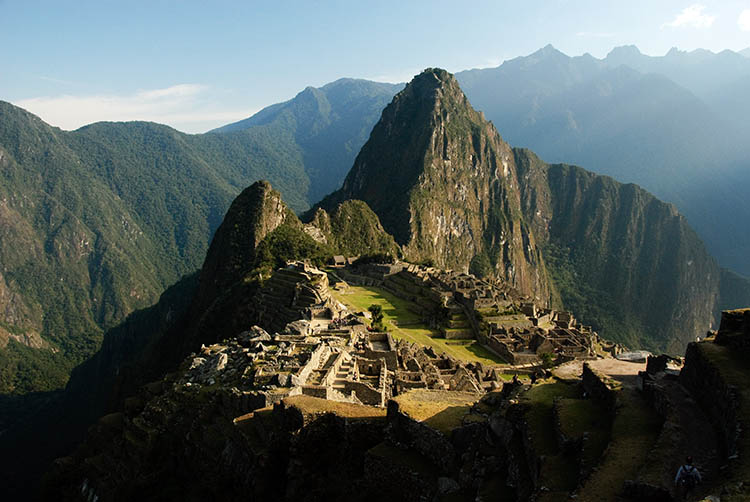
Machu Picchu lies deep in the heart of the Sacred Valley in southeastern Peru, and these ancient Inca ruins are the country’s star attraction. The Inca Trail is one of the world’s most famous hikes - each year, more than 75,000 people tread the 26-mile route to reach the site of Machu Picchu. However, the trek is not for the faint-hearted; the altitude, steep climbs, extreme weather and basic accommodation can pose a barrier for many who wish to visit.
In fact, those traveling along the Inca Trail only make up one-fifth of tourists to the ancient site. While some visit as part of an organized tour, it is possible to buy permits to enter the site independently and arrive using trains and buses which serve Aguas Calientes, the closest settlement to Machu Picchu.
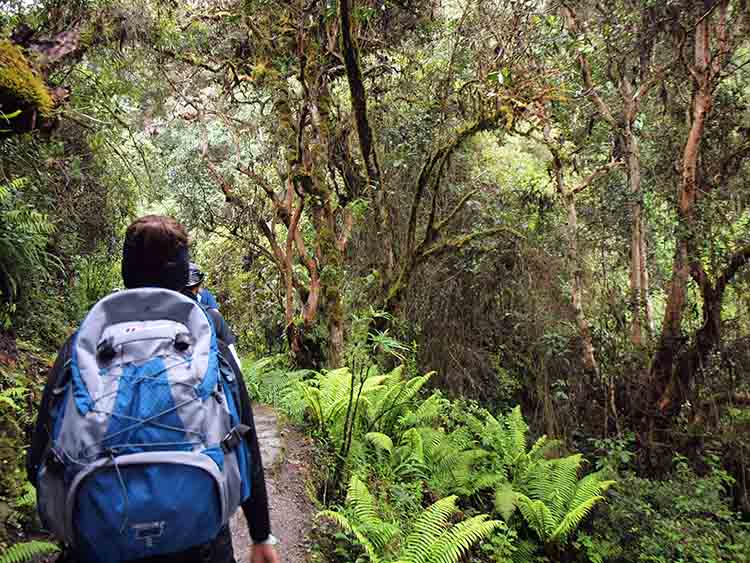
It is important, particularly during the high season from May to September, that you book your tickets in advance. Permits to visit the site of Machu Picchu are available from Dirección Desconcentrada de Cultura Cusco, via their website or at the official office in Cuzco. There is a limit of 2500 permits per day and these can often sell out days in advance, so book early to avoid disappointment. Tickets cost 126 Peruvian Sols (around $40). During the high season, tickets may even sell out weeks ahead so plan accordingly.
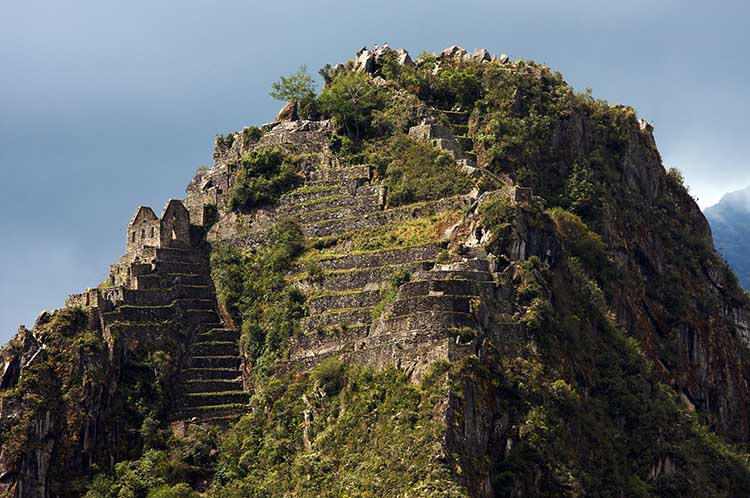
There are only a couple of hundred additional permits available to visit Wayna Picchu, the steep mountain at the end of the Inca site. These tickets go even faster and must be booked early, and are only allocated for two slots each day (7am-8am or 10am-11am). The climb is particularly steep, so only choose this option if you think you can make it.
Trains run from Cuzco’s nearby station of Poroy direct to Machu Picchu’s closest town of Aguas Calientes. It is wise to book train tickets in advance with one of the operators which service the 3.5-hour route. From Cuzco, trains operated by Peru Rail and Inca Rail offer a range of options varying in price and luxury. Tickets are available online or at the Peru Rail office in Cuzco’s main square, Plaza de Armas. Also found in Cuzco’s Plaza de Armas is an office of the Peru tourist board, which can help if you are struggling with any of the arrangements.
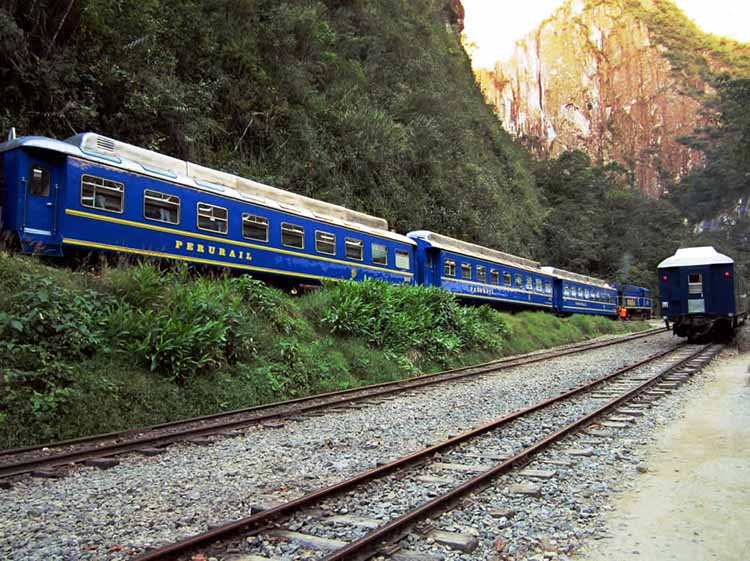
Alternatively, trains operate from Ollantaytambo, a town halfway along the train line between Cuzco and Aguas Calientes. You can do the 2-hour journey through the valley from Cuzco to Ollantaytambo by bus or combi (a collective minivan) to meet the train at Aguas Calientes. Cruz del Sur provides a safe and reliable service which fits around Peru Rail’s train times. The advantage of traveling via Ollantaytambo is you can visit the Inca ruins here, which is a great prelude to Machu Picchu.
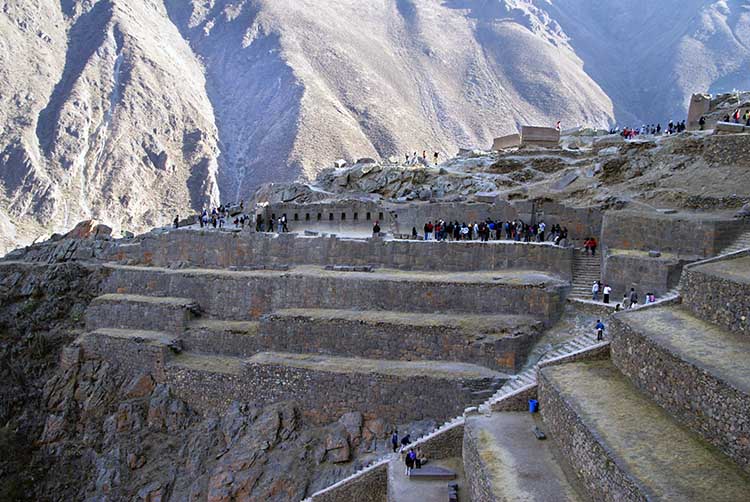
It is advisable to reach Aguas Calientes the day before you plan to visit Machu Picchu so that you can stay overnight and reach the site early in the morning to get a full day exploring the ruins. If possible, reaching the site for sunrise is a magical experience and the journey in the early morning twilight adds to the magic. Buses run from Aguas Calientes from 5.30am, transporting passengers 25 minutes up the side of the mountain to the site. Alternatively, you can walk 8km up a steep mountainside path. If you do decide to walk, be prepared for an experience that is physically challenging, particularly with the altitude. The views are phenomenal, but allow additional rest time if you aim to be there for sunrise.
Remember, regardless of whether you choose to trek or not, it isn't possible to speed through this part of Peru as the altitude forces travelers to slow down in order to acclimatize. Which is just as well, as Cuzco is definitely not a place to be bypassed. Often considered just a jumping off point for the Inca Trail, Cuzco is a gem in its own right. At 11,000 feet above sea level, the city proffers a slow pace of life - travelers and locals alike congregate to acclimatize to the altitude, share stories from the road, rejuvenate for the next trip, or simply enjoy the historic city’s combination of colonial architecture, laid back vibes and sweeping valley vistas. Expect to spend at least a couple of days in Cuzco as altitude can cause extreme difficulties for travelers and should be handled carefully.
Laura Lindsay is the media and communications executive at Lonely Planet and recently spent four months travelling around the world. Her favorite travel experiences are trying new foods, seeking out hidden gems or checking out a local sporting fixture. Follow her @lauraglindsay.